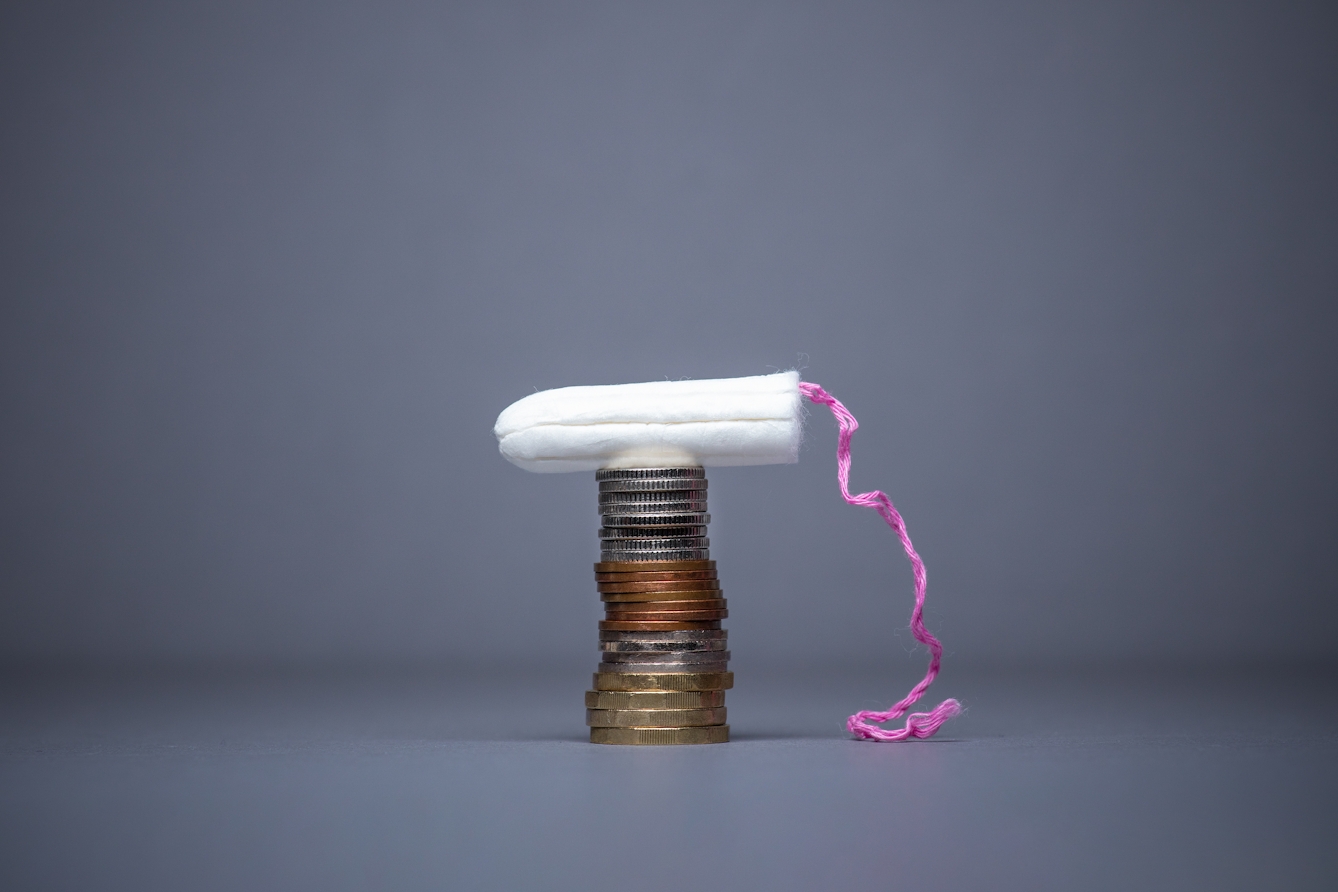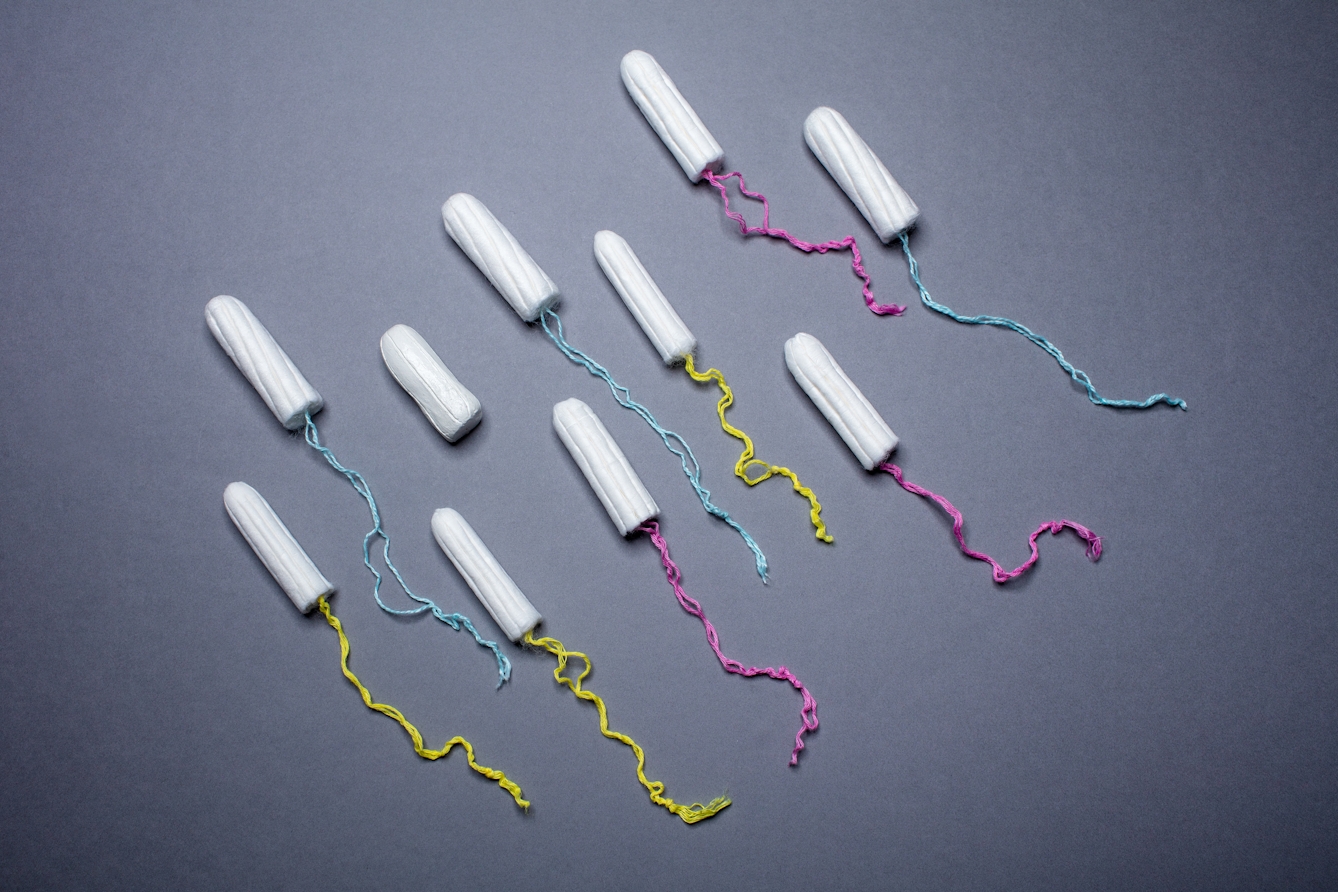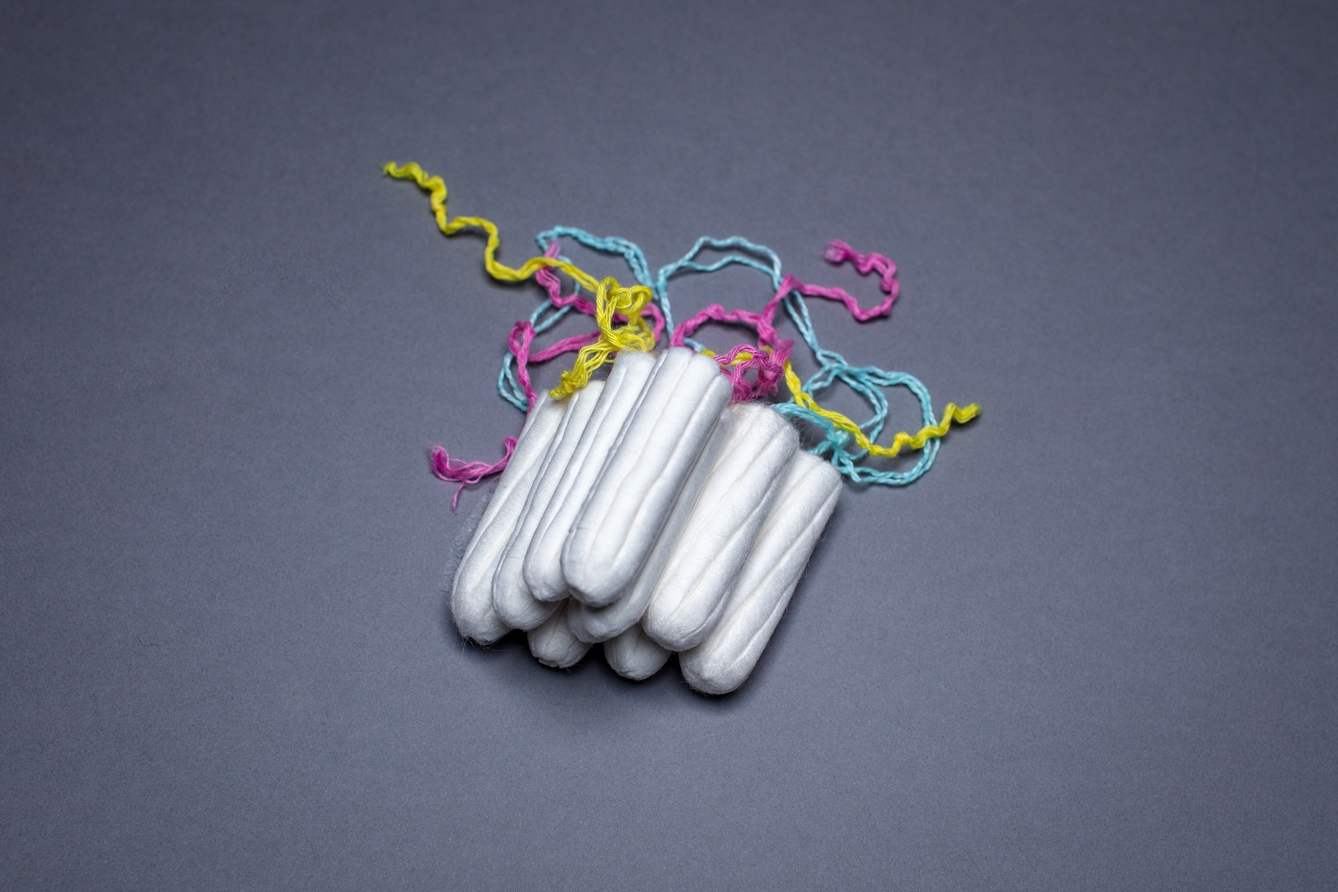Menstruation presents an endlessly renewed commercial opportunity for period-product manufacturers, who are finding new ways to infiltrate wider markets in an era when taboos are being chipped away. But issues remain that products can’t solve.

In recent years period activism has hit the global headlines, busting taboos, driving public policy, and prompting companies to create new products. In some countries, including the US, UK, Canada, India and Australia, menstrual equity – the right to equal access to menstrual products and reproductive education, often with a focus on removing the ‘tampon tax’ – has become big news.
However, activists, academics and indeed many people who experience a menstrual cycle are growing increasingly concerned about corporate influence. While menstruation is a normal event, it has also, in the last 100 years, become a profitable one.
In terms of human reproduction, menstruation is directly linked to the creation of new people. For monetary capital, the monthly occurrence of blood, especially for young people, presents numerous commercial options for cleaning it up, experimenting with hormonal birth control, and trying to make it, as one business recently put it, “cool”.
Let’s talk about menstruation
New types of menstrual products, such as tampons, pads, cups, period pants, vitamins, hormones, teas and foods, plus apps to track your cycle, are proliferating as entrepreneurs across the globe are shaking up the market. Early on, the industry correctly asserted that once a young consumer was hooked on a product, they would stay loyal. Now that entrepreneurs have entered this hitherto stagnant market, even multinational corporations realise that this might no longer be true.

Lawyer Bridget Crawford, a professor at Pace University in New York, describes “menstrual capitalism” as “the marketing and selling of menstrual hygiene products by means of feminist messages that attempt to create a public-relations ‘halo effect’ for companies that are, at their core, commercial enterprises”.
Recently, an increase in popular science books, podcasts and depictions of menstruation, which is intensely debated in series such as ‘Orange is the New Black’ and ‘Mad Men’, seem to suggest that the topic has public appeal. As images and descriptions of bleeding by artists and writers such as Jen Lewis, Rupi Kaur, and Chella Quint become more mainstream, products aimed at issues other than blood have followed. These include following different skincare routines depending on where you are in your cycle and ‘seed cycling’, which claims that eating specific types of seed before and after ovulation can balance hormones.
The promise that a tampon can solve all menstrual-cycle issues is seductive, but not true.
For people who menstruate or experience contraceptive-induced withdrawal bleeding, commercial products have for decades been a large part of what feminist activist Sophie Laws, in her book ‘Issues of Blood: The Politics of Menstruation’, describes as “menstrual etiquette”. This is a system that means there is nothing to be gained by being noticeably menstruating.
Historian of science Sharra Vostral, drawing on gender theory, argues that people who are menstruating must go through something akin to a “passing process”, where the goal is to always appear non-menstruating. The promise that a tampon can solve all menstrual-cycle issues is seductive, but not true.
Tackling period poverty
One issue for many people around the world is the cost of sanitary products. Some governments are moving to mitigate this problem: Scotland, for example, is following in the footsteps of Kenya by introducing a policy to provide free products to combat period poverty. Policymakers in the Scottish government are procuring from many brands, including social enterprises, but multinational corporations also take their share of the investment.

In Westminster, US corporation Procter & Gamble, which makes sanitary products, (Tampax and Always) and sanitary-bin provider PHS are on the Period Poverty Taskforce, which was formed in 2019 after activists succeeded in making politicians take notice. Their inclusion in the taskforce has raised important questions: Why are the corporations that in part created period poverty through their pricing models now expected to solve the problem? And what will happen to the other issues that activists campaigned on, such as pain or stigma?
In the global south these same corporations have been donating products to women in developing countries for many years, often in collaboration with policymakers. This has been done to combat the assumed ‘backward’ thinking of people who use cloth or natural materials rather than disposable products.
Paradoxically, people in the West are increasingly turning towards reusables at the same time that folks in the global south are told to embrace ‘feminine hygiene’. But Kenyans have boldly discussed the technological failure of Western products in the #MyAlwaysExperience scandal, when a number of people found that Always pads caused a rash. Those complaining on Twitter alleged that Procter & Gamble supplied African countries with lower-standard products than those in the West, which they suggested was the reason for the skin irritation.
Also, a UK government report on period-related bullying, and the recent death of a Kenyan girl mocked for menstrual stains make it clear that corporate and governmental efforts to solve period shame through products have not worked.

At the same time, 2018 saw the launch in the US of the Tampax Cup, outfitted with disposable Tampax vaginal wipes. Tampax applicator tampons are one of the oldest and most successful commercial menstrual brands in the world, due in part to their disposability and a structure that makes it unnecessary to touch blood. Menstrual cups, in comparison, have a much longer and unsteady history, for the opposite reasons.
Consumers in the 1930s, when the first Tampax came on to the market, preferred disposable doses of menstrual protection to the cup’s hands-on insertion. However, the Tampax Cup exemplifies how the traditional industry is responding to the fact that the great-great-grandchildren of their first consumers are changing habits.
Beyond capitalism
In comparison to what corporations offer, the lived experiences of people who bleed (available through #MyAlwaysExperience and #EndPeriodPoverty, for example), reveal a more complicated set of factors. Consumers are growing restless, and demanding answers to more questions than “How can I keep my underwear clean?” Menstrual pain, heavy bleeding and endometriosis remain pressing issues for many.
The upside to recent corporate interest is that menstruation is being recognised as important. The downside is that this recognition only came within the slim framework of Western capitalism, and, so far, seems to mostly benefit those who sell products.
However, as is the case with all forms of capitalism, consumer boycotts and campaigns such as #MyAlwaysExperience can make a big difference, as the important work of activists in Kenya and elsewhere demonstrates. Better menstrual care means going beyond what the market alone can deliver.
About the contributors
Dr Camilla Røstvik
Dr Camilla Mørk Røstvik is Leverhulme Early Career Fellow in the School of Art History at the University of St Andrews. She works on the visual culture and institutional power structures of menstruation from 1970s to the present day.

